Optimal Timing for Waterproofing Projects
Waterproofing projects are most effective when performed during mild weather conditions. Optimal temperatures range between 50°F and 85°F, ensuring proper curing and adhesion of waterproofing materials. Avoiding extreme cold or heat prevents material failure and enhances longevity.
Spring offers moderate temperatures and increased humidity, ideal for waterproofing applications. It allows sufficient curing time before summer heat or winter cold.
Summer provides warm, dry conditions that facilitate quick drying and curing. However, avoid peak heat hours to prevent rapid drying that can compromise adhesion.
Fall's cooler temperatures and lower humidity levels make it suitable for waterproofing projects, especially before winter.
Winter is generally less ideal due to freezing temperatures and moisture risks, but with specialized materials and techniques, waterproofing can be performed in milder winter days.
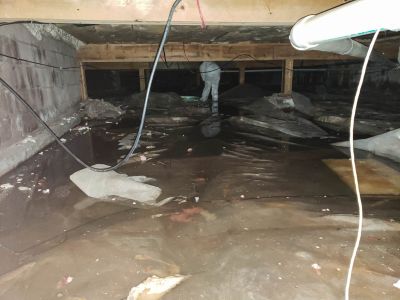
Ways to make Waterproofings work in tight or awkward layouts.
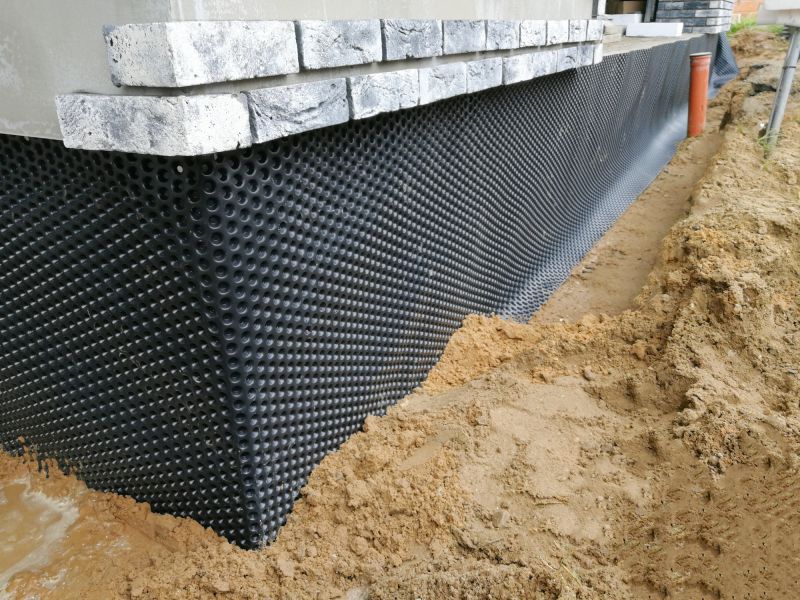
Popular materials for Waterproofings and why they hold up over time.
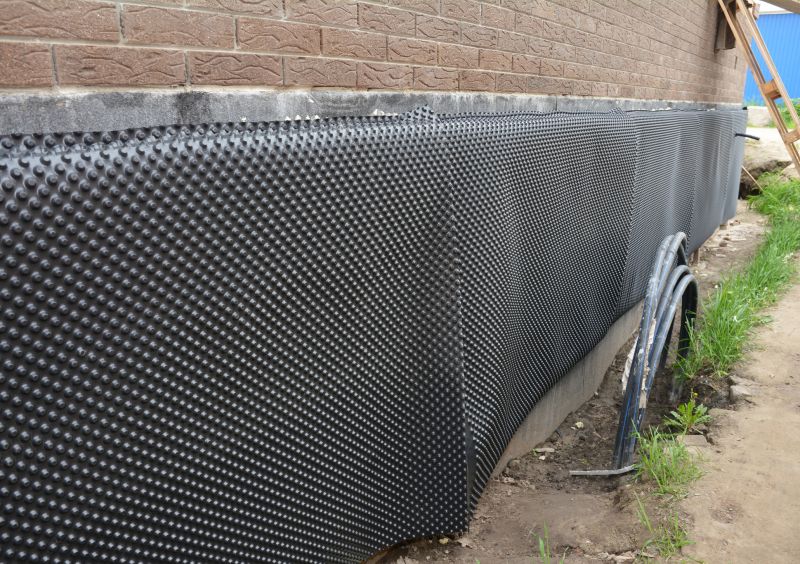
Simple add-ons that improve Waterproofings without blowing the budget.
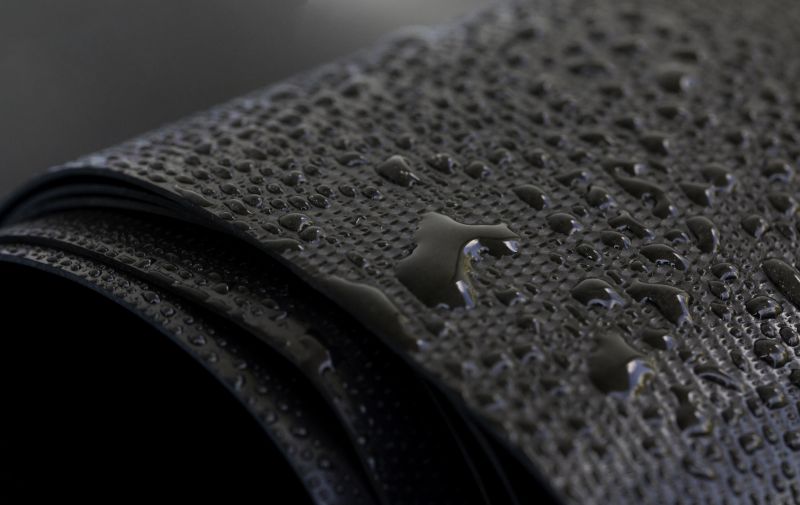
High-end options that actually feel worth it for Waterproofings.
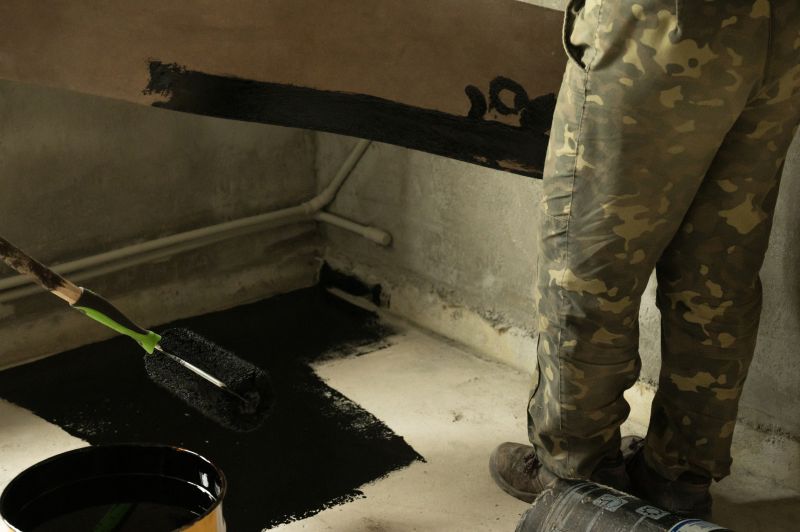
Finishes and colors that play nicely with Waterproofings.
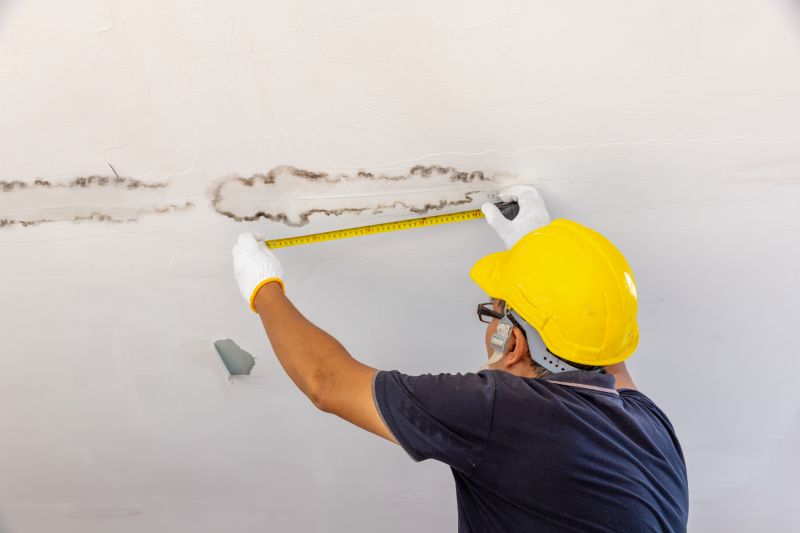
Little measurements that prevent headaches on Waterproofings day.
Waterproofings are essential for protecting structures from water intrusion, which can lead to structural damage, mold growth, and reduced lifespan of building materials. Proper application during suitable weather conditions ensures durability and effectiveness. Advances in waterproofing technology include liquid membranes, sheet membranes, and sealants, each suited to different applications and environments.
| Season | Ideal Conditions |
|---|---|
| Spring | Temperatures between 50°F and 70°F, moderate humidity |
| Summer | Warm and dry, avoid peak heat hours |
| Fall | Cooler temperatures, low humidity |
| Winter | Mild days with temperatures above freezing |
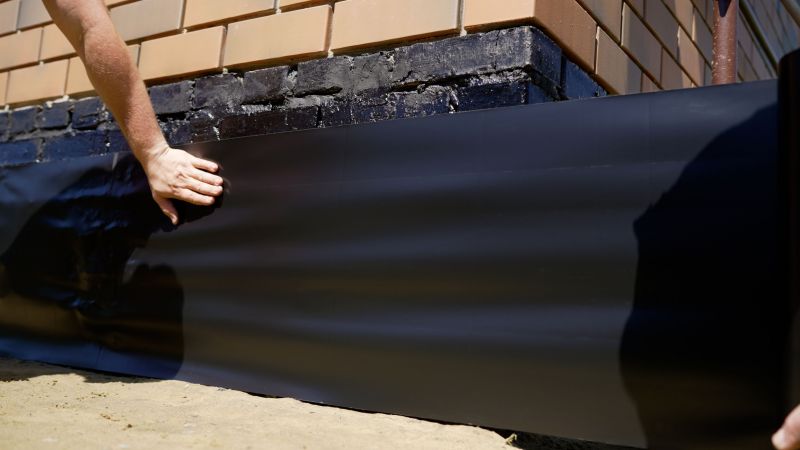
A 60-second routine that keeps Waterproofings looking new.
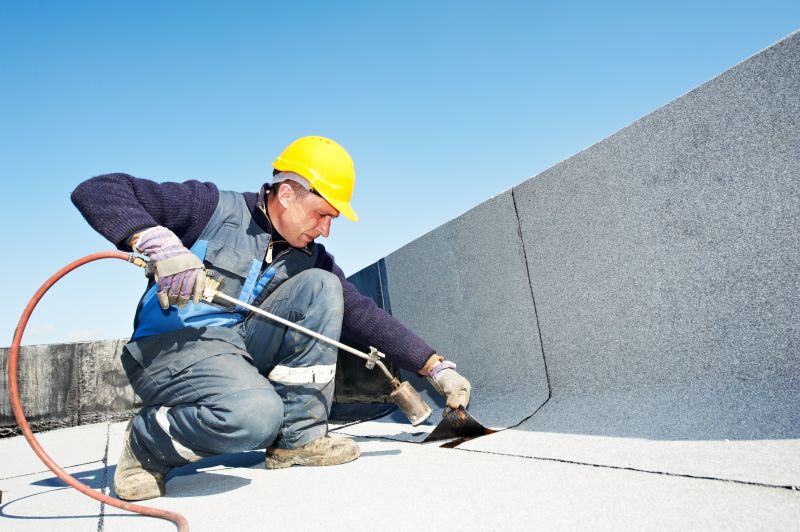
A frequent mistake in Waterproofings and how to dodge it.

Small tweaks to make Waterproofings safer and easier to use.
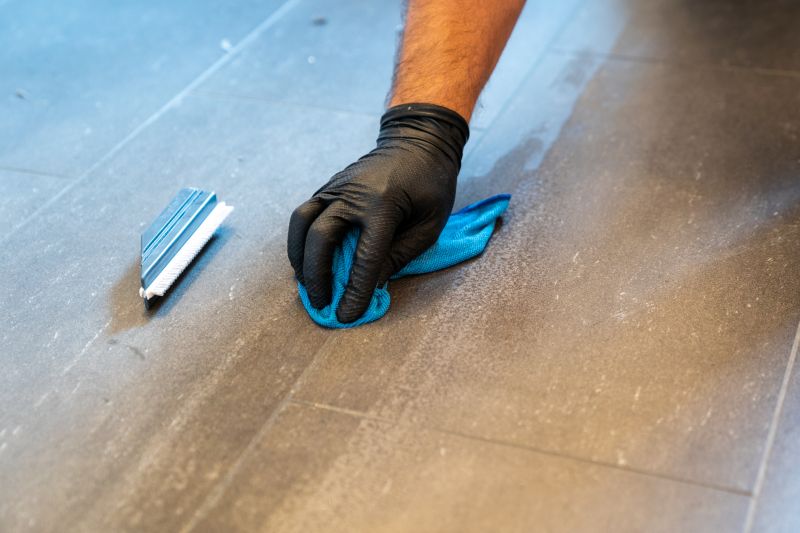
Lower-waste or water-saving choices for Waterproofings.
Choosing the right time for waterproofing can significantly impact its effectiveness and lifespan. Proper planning and understanding weather patterns help ensure that waterproofing materials cure correctly and provide long-lasting protection. Consulting with waterproofing specialists can aid in scheduling projects during optimal conditions.
Interested in waterproofing services? Filling out the contact form can provide further assistance and scheduling options tailored to specific project needs.

